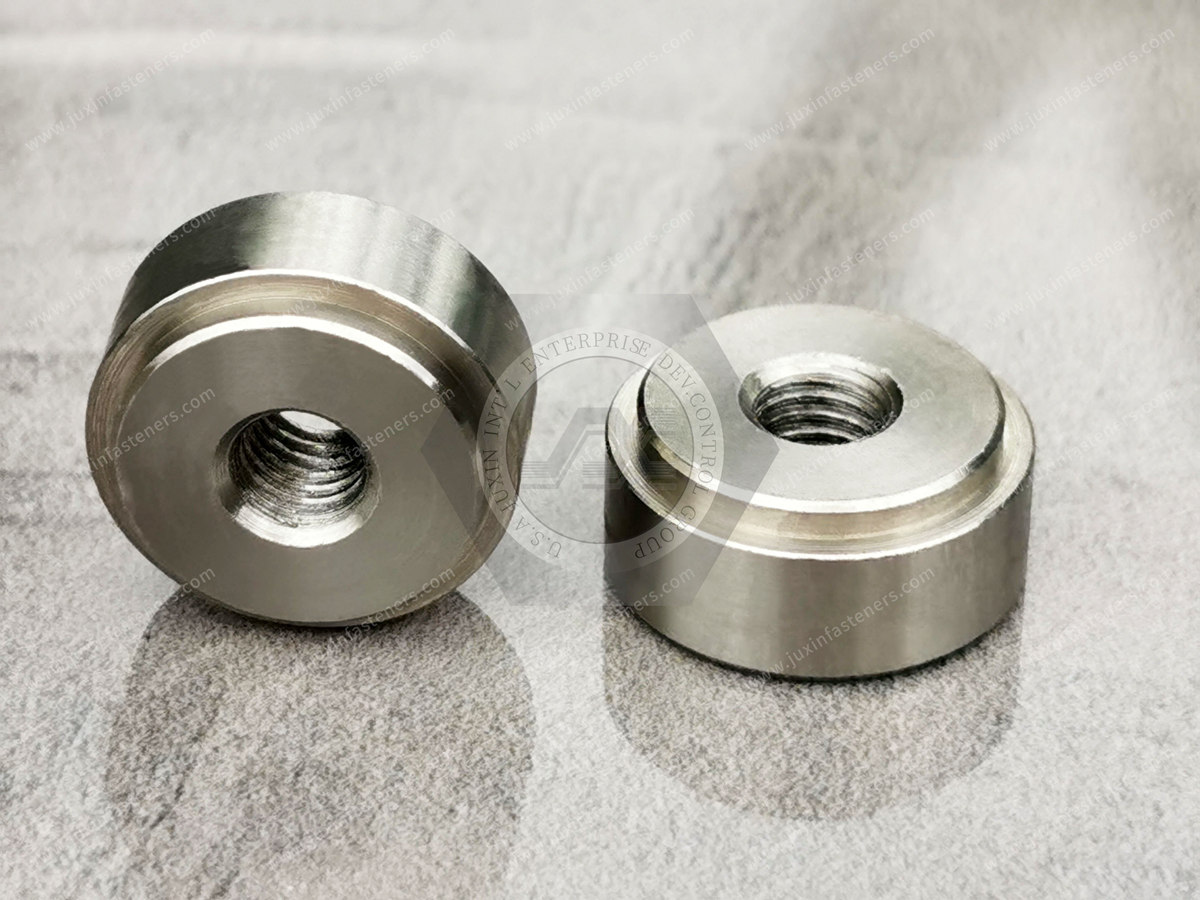Call Us
+86 136 6007 9809
Call Us
+86 136 6007 9809
Material: Carbon steel, Alloy Steel, stainless steel SUS304, SUS316, High-Strength Steel, Brass
Product Specification
304 stainless steel
"304 stainless steel, which means "sus304", belongs to the Japanese material standard. The main components are chromium, manganese, nickel, carbon, and other elements. It is widely used in food, chemical industry, atomic energy, decoration and household products, and other fields. 304 stainless steel is a common material in stainless steel, with a density of 7.93 g/cm³; it is also called 18/8 stainless steel in the industry, which means Contains more than 18% of chromium and more than 8% of nickel; high-temperature resistance of 800°C, good processing performance and high toughness, widely used in industry, furniture decoration industry and food and medical industry. But it should be noted that food grade 304 Compared with ordinary 304 stainless steel, stainless steel has stricter content indicators. The international definition of 304 stainless steel is that it mainly contains 18%-20% chromium and 8%-10% nickel, but food-grade 304 stainless steel contains 18% chromium and nickel 8%, allowing fluctuations within a certain range, and limiting the content of various heavy metals. 304 is a versatile stainless steel, which is widely used in the production of equipment and parts that require good overall performance (corrosion resistance and formability).In order to maintain the inherent corrosion resistance of stainless steel, the steel must contain more than 18% chromium and more than 8% nickel. 304 stainless steel is a grade of stainless steel produced according to the American ASTM standard.
1. Strength of SUS304: Tensile strength is 520 MPa or more (* 1), higher than the 400 MPa of SS400, which is typical of low-carbon steel. However, the yield strength is somewhat lower at 205 or higher (* 1). SUS304 has the property of being easily work-hardened, so cold working increases its strength considerably. SUS304-WPB material with a diameter of 0.2 mm or less for springs has a tensile strength of 2150 to 2400 MPa when used by drawing a thin wire.
SUS304 heat resistance: generally as mechanical parts can be safely used at an upper temperature of 450 ℃ to 600 ℃ or so. Strength decreases with increasing temperature and is about 1/3 of normal temperature at 750°C. Not that it cannot be used even at higher temperatures, but creep is also a problem. For example, SUS304 was used as a fixture for brazing in a furnace at 1050°C, but gradually deformed and became unusable. If heated at 600°C to 800°C for about 10 minutes or more, it becomes sensitive (*) and the corrosion resistance decreases, so do not use it in this temperature range if corrosion resistance becomes an issue... Plastically processed materials (forged, high processing rate drawn materials, sheets, etc.) can be sensitized even at 450°C in about 1 hour.
As for low temperature, there is no need to worry about low-temperature embrittlement, even at liquid nitrogen temperature: -196°C. (See magnetic section below.) Due to the precipitation of chromium carbide, the phenomenon of insufficient chromium (13% or less) in the base material can easily cause intergranular corrosion and intergranular stress corrosion cracking.
3. SUS304 corrosion resistance: corrosion resistance is very good, but there is a risk of stress corrosion cracking. Stress corrosion cracking is a phenomenon that occurs when a fracture occurs at low loads in a corrosive environment. For more information, see this article.
4. Thermal conductivity of SUS304: The thermal conductivity of steel is around 50 W/m-K, aluminum alloy is around 120-200 W/m-K, while the thermal conductivity of SUS304 is as low as 16 W/m-K (room temperature).
5. SUS304 magnetic: Since SUS304 is austenitic stainless steel, it does not attach to a magnet. If a magnet is placed near a spring made of high-strength material or a part made by pressing with a high processing rate of stretching, it will try to adhere with a weaker force.
This is because cold working produces martensite in the body-centered cubic lattice from austenite in the face-centered cubic lattice. Even at very low temperatures, some martensitic transformation may occur and become slightly magnetic.
6. SUS304 surface treatment
Since SUS304 is stainless steel, it can generally be used without surface treatment.
Stainless steel does not rust because it forms a very thin film of chromium oxide called a passivation film. Even in the atmosphere passivation films are formed, but they tend to become incomplete due to the electrochemical action of foreign substances attached to the surface.
If you want to make this film stronger, perform a passivation treatment (passivation treatment).
Passive treatment is an oxidation treatment of the surface with an acid such as nitric acid, which also has the effect of removing foreign matter from the surface. It is commonly used for aircraft parts.
Product Packaging
Packing: Inner is Poly foam, out is carton. Then pallet. Carton size: 29*19*19.5CM and 23.5*17.5*8, CM and pallet size is: 215*100*90CM, or as your requirement.
Product Pictures

Packaging & Delivery and Packaging Details
1. Shrink film+wooden box
2. Cardboard box+pallet
3. Color box
4. As per the customer's request
Contact Us
Tel.:
+86 020 8621 0320
+86 020 3121 6067
Technical Support:
Navigation
SEND INQUIREY